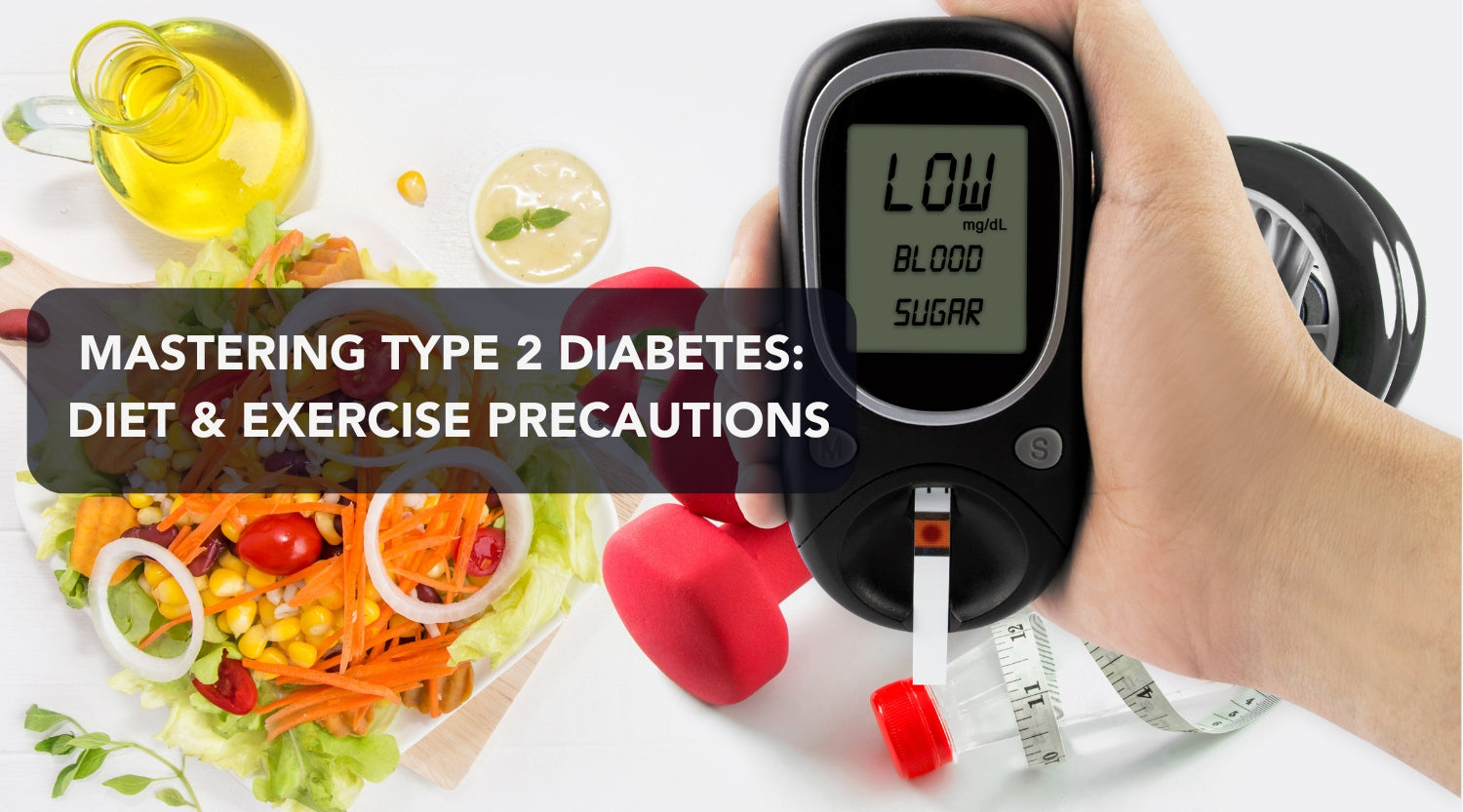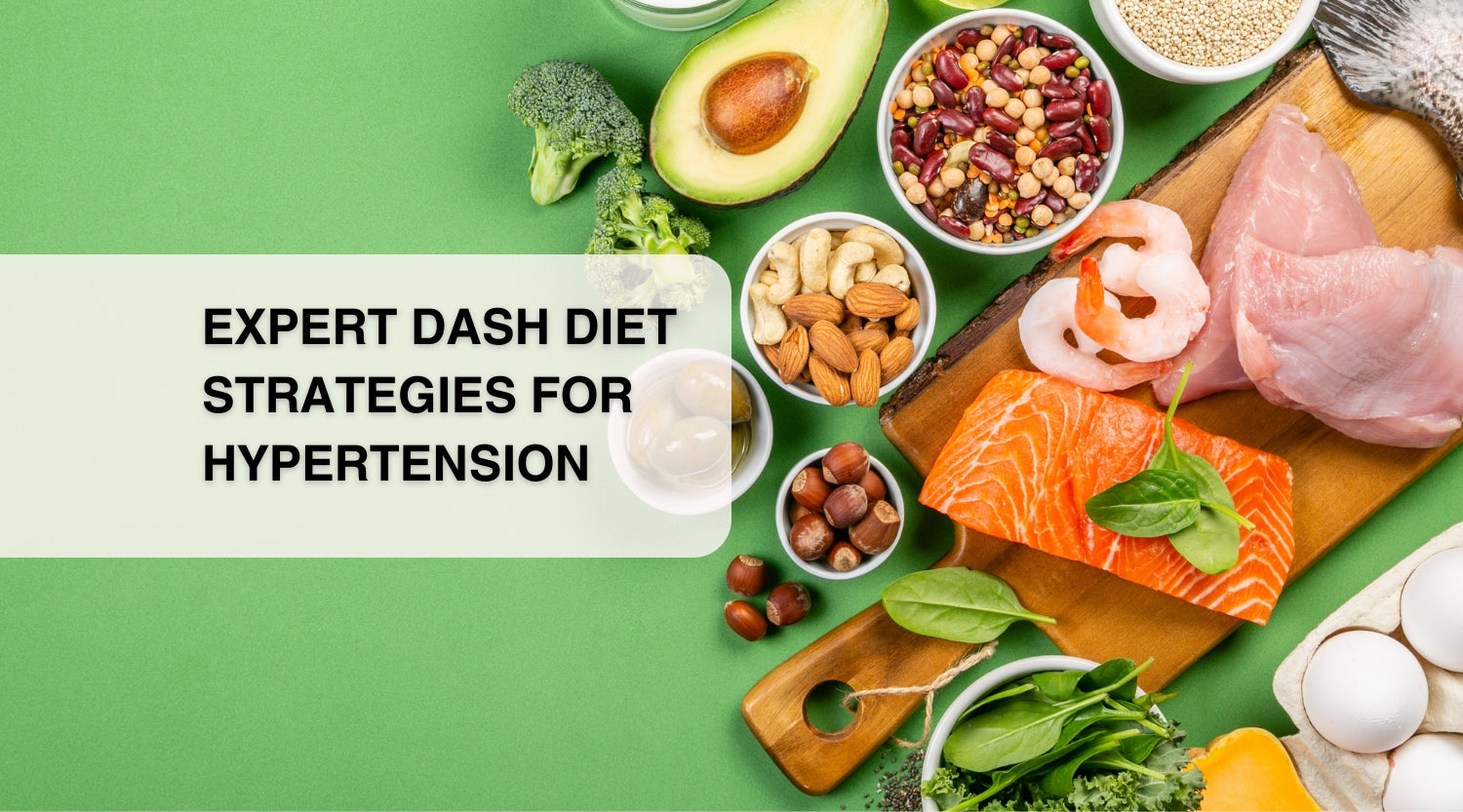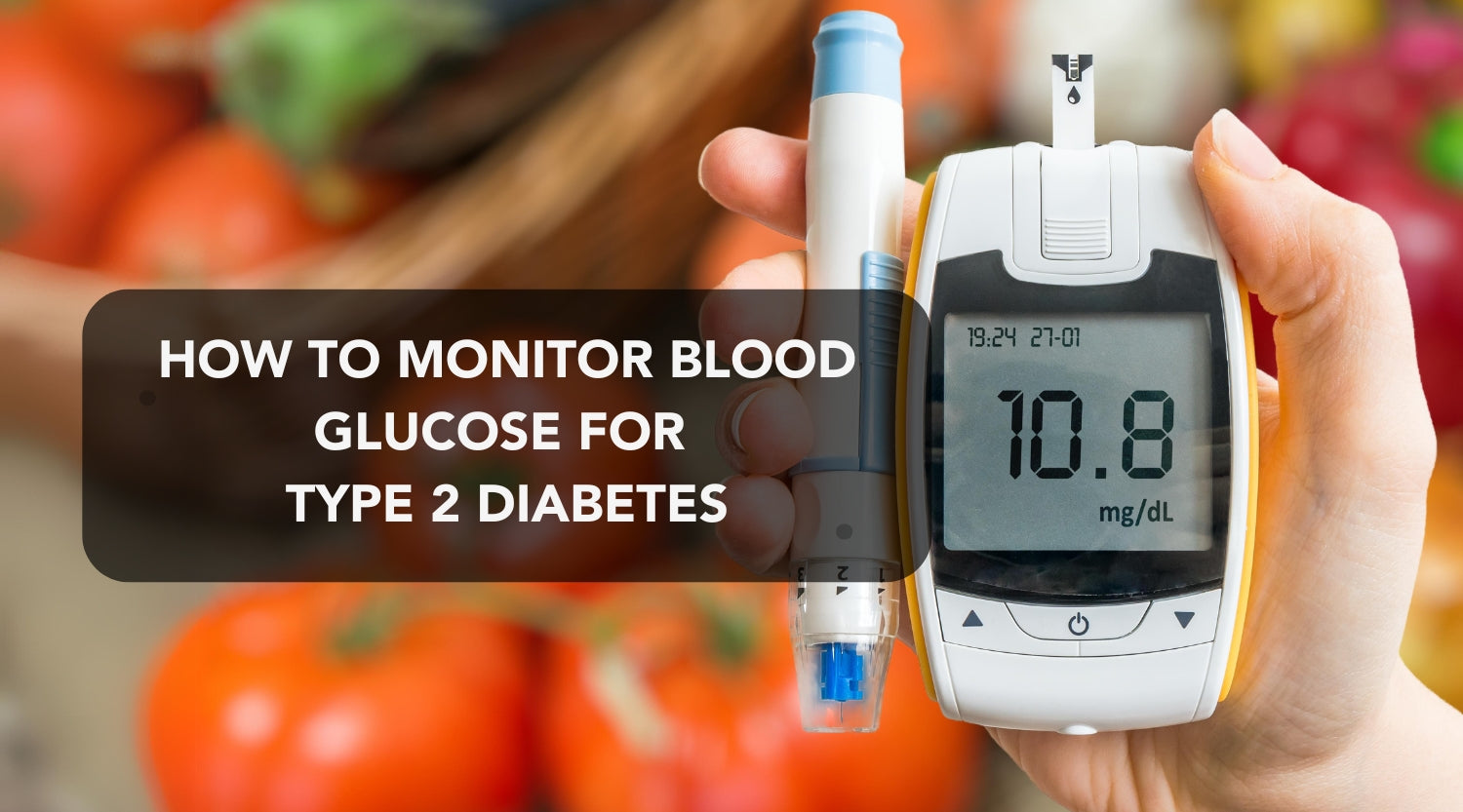Understanding Lifestyle Diseases and Their Prevalence in India
The Rise of Lifestyle-Driven Health Issues in Modern India
In modern India, a significant shift towards urbanization, sedentary lifestyles, and processed foods has led to an alarming rise in lifestyle-driven health issues. The boom in India's economy and the influence of Western eating habits are contributing to a surge in diseases like diabetes, cardiovascular problems, and obesity. This uptrend is striking, considering the historic prevalence of natural, whole-food diets and active daily routines in traditional Indian culture. As a result, the nation faces a health paradox, with ancient wellness practices being sidelined by rapid modernization. Understanding this shift is essential in reversing the trend and promoting a return to healthier living.
Key Factors Contributing to Lifestyle Diseases Among Indian Consumers
Lifestyle diseases, also known as non-communicable diseases (NCDs), are on the rise in India due to several factors. Key factors include increased urbanization, sedentary lifestyles, poor dietary habits, high stress levels, and a rise in tobacco and alcohol consumption. Such lifestyle changes have led to a higher prevalence of conditions like diabetes, heart diseases, obesity, and respiratory problems. Indian consumers are increasingly exposed to fast food and processed products, replacing the traditional Indian diet rich in whole grains, legumes, and vegetables. Additionally, the work culture often involves long hours with little to no physical activity, contributing significantly to lifestyle diseases. To mitigate these concerns, awareness must be spread about the risks and the importance of preventive measures through lifestyle adjustments.
Innovative Approaches to Preventing Lifestyle Diseases
Embracing Traditional Indian Diet and Lifestyle Principles
In the quest to prevent lifestyle diseases, looking back at our roots can be quite insightful. Traditional Indian diet and lifestyle principles, long established for their holistic approach to well-being, offer a treasure of preventive measures. A plant-based diet with a strong emphasis on whole grains, legumes, vegetables, and spices known for their medicinal properties stands at the core. Regular physical activity, yoga, and practices like meditation also play vital roles. Let's delve into how these age-old customs can be a beacon for a healthier future:
Prioritize a balanced diet with a variety of nutrients from natural sources.
Incorporate spices like turmeric and ginger, which have anti-inflammatory properties.
Engage in regular physical activity – walking, yoga, or traditional sports.
Practice mindfulness and stress management through meditation.
Embrace communal eating to encourage portion control and social well-being.
By reverting to these principles, we can build a sustainable lifestyle that wards off the modern-day health perils.
Leveraging Technology and Mobile Applications for Healthier Living
Embracing technology has become a mainstay in preventive health, particularly with the advent of mobile applications aimed at promoting healthier living. Here’s how technology is shaping the fight against lifestyle diseases:
Health Tracking Apps: Users can monitor their daily activities, diet, and sleep patterns, making it easier to spot unhealthy habits and correct them.
Dietary Management Tools: These apps provide tailored meal plans that align with traditional Indian diets rich in whole grains, legumes, and spices known for their health benefits.
Fitness Challenges: Many apps offer virtual challenges to encourage regular exercise, turning fitness into a fun and engaging activity.
Mental Health Support: With the inclusion of meditation and mindfulness practices, individuals can address stress, which is a significant risk factor for lifestyle diseases.
Telemedicine Services: They ensure medical advice is just a click away, facilitating early disease detection and management.
Utilizing these technological tools can lead to significant improvements in managing one's health and preventing lifestyle diseases.
Community Support and Educational Programs in Preventive Health
Community support plays a critical role in promoting health. In India, initiatives that focus on preventive health education are making strides. They aim to empower individuals with knowledge and skills to make better lifestyle choices. Often, these programs include workshops on healthy eating, the importance of physical activity, and stress management techniques. Additionally, community health drives and local health camps offer screenings and personalized advice. Such grassroots efforts are crucial in fostering a culture of wellness and prevention.
Case Studies: Successful Lifestyle Interventions in India
Inspiring Stories of Transformation: Before and After
India has seen remarkable stories of lifestyle transformation. These include individuals who shifted from sedentary habits to active ones. Many adopted a traditional Indian diet, rich in plants and whole foods. Others found success by integrating yoga and meditation into daily routines. Such changes often led to significant improvements in health markers. Examples include reduced risk of diabetes, better heart health, and weight loss. These accounts not only inspire but also showcase the potential of embracing a healthier lifestyle. This points towards a brighter future in India’s fight against lifestyle diseases.
How Cultural Adaptation Can Enhance Lifestyle Interventions
Cultural factors play a crucial role in shaping health behaviors. In India, successful lifestyle interventions often hinge on aligning health strategies with cultural practices. Adapting to the local context can boost participation and sustain health outcomes. For instance, yoga and Ayurveda, deeply rooted in Indian tradition, have shown to effectively manage stress and enhance physical health when integrated into daily routines. Diet adaptations that include local, seasonal produce resonate with traditional Indian culinary habits, making healthy eating more appealing and practical. These examples underscore the power of cultural adaptation in enriching lifestyle interventions.
The Impact of Holistic Health Practices on Overall Well-being
Holistic health practices have profound effects on well-being. They integrate body, mind, and spirit. In India, yoga and meditation are key in holistic approaches. These practices reduce stress and improve mental health. Case studies show improved health outcomes with holistic methods. One study highlights a reduction in heart disease through yoga. Another showcases how meditation aids in managing diabetes. The practices also foster community and cultural connections. This enhances their effectiveness for lifestyle intervention. Overall, holistic health is a cornerstone in combating lifestyle diseases in India.




















